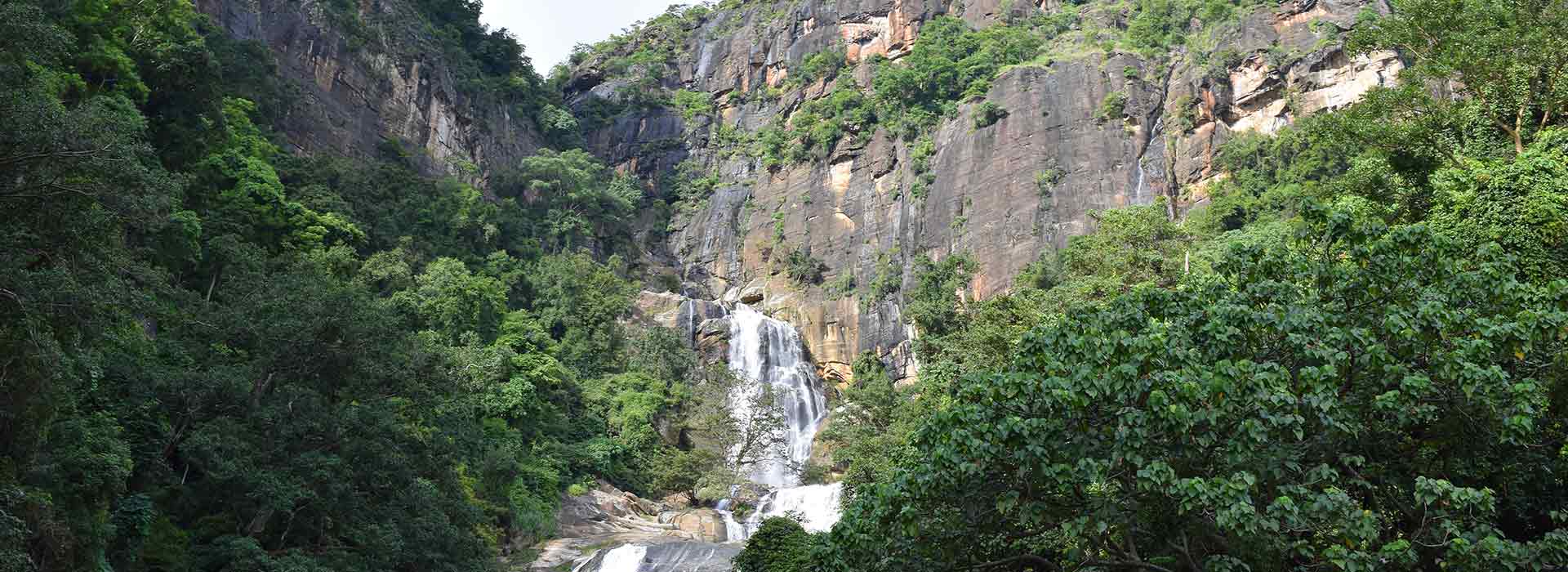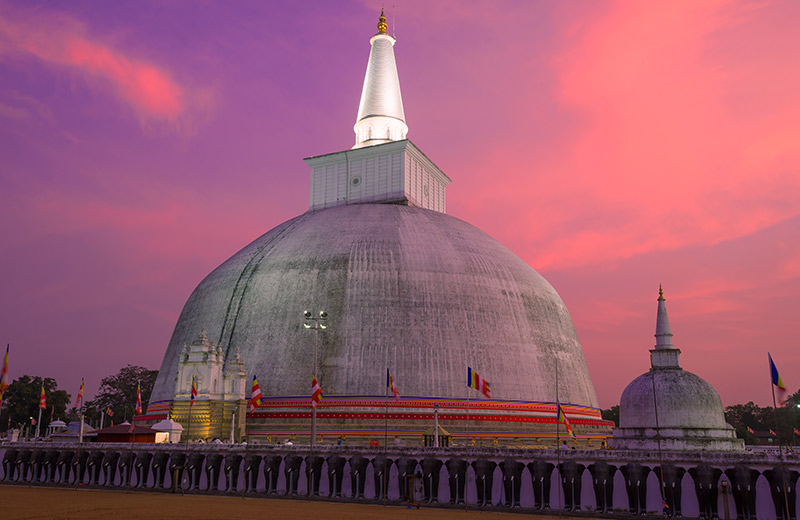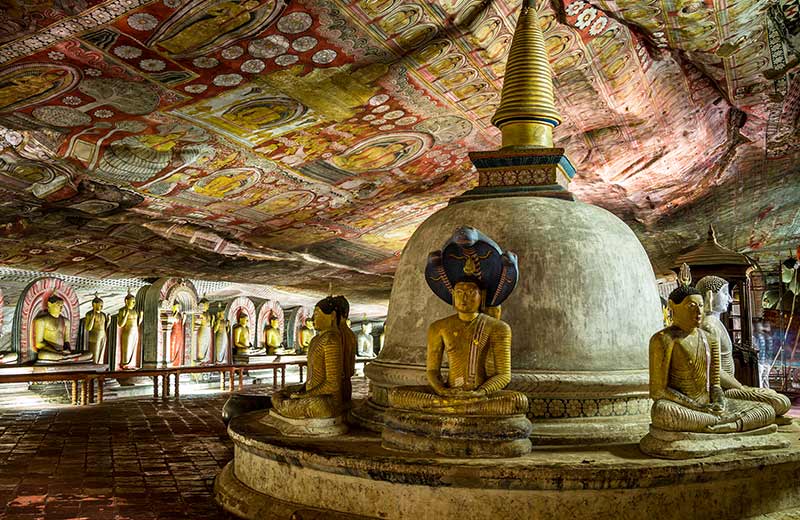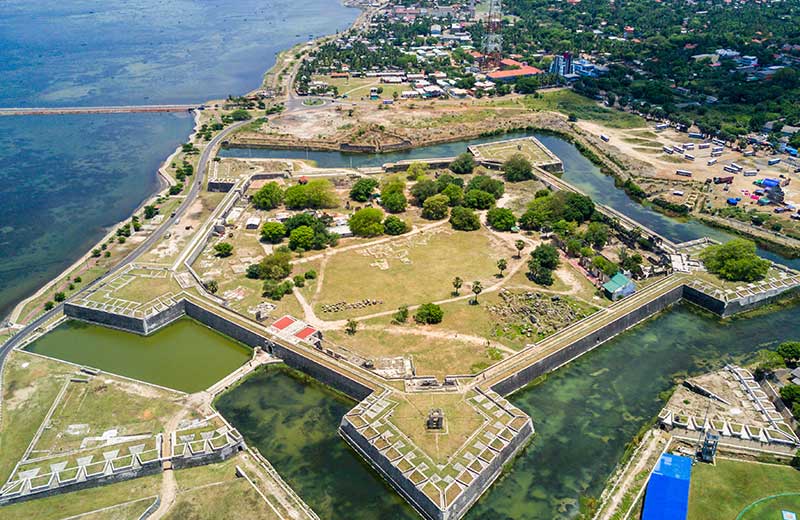Places with Historical Legends in Sri Lanka
Sri Lanka has a rich history, featuring ancient kings who built imposing fortresses, great warriors who defended the land from invasions, and ascetics who journeyed through hallowed grounds. The stories that have been passed down the years, from generation to generation, are filled with historical facts, and also embellished with a little fantasy. Some of the popular attractions that you plan on visiting may have intriguing myths attached to them, although hard-line historians today might scoff at these legends.
However, that doesn’t mean that you should disregard them. After all, what is life without a bit of fantasy woven into it? Here are four places in Sri Lanka with a myth or legend tied to them, that you might want to explore for yourself.
-
Adam’s Peak
Located in the central highlands of Sri Lanka, Adam’s Peak is a tall mountain with legends from multiple religions attached to it. The crux of its mythology resides in the footprint-shaped mark at the mountain’s summit.
The mountain itself is called Sri Pada by the locals, a word derived from Sanskrit to mean “the sacred footprint”. According to Buddhist legend, the mark is from Lord Buddha’s left foot. Nonetheless, it is said to have been made when Buddha visited Sri Lanka at the invitation of Saman, a Buddhist god.
Sri Lankan Tamils, however, ascribe the footprint to Lord Shiva, a major Hindu deity. They call the mountain Shiva Padam, which means “Shiva’s foot” in Tamil.
Moreover, Christians and Muslims believe that the footprint belongs to Adam when he first set foot on earth after being expelled from the Garden of Eden. The mountain is regularly called “Adam’s Peak” in English.
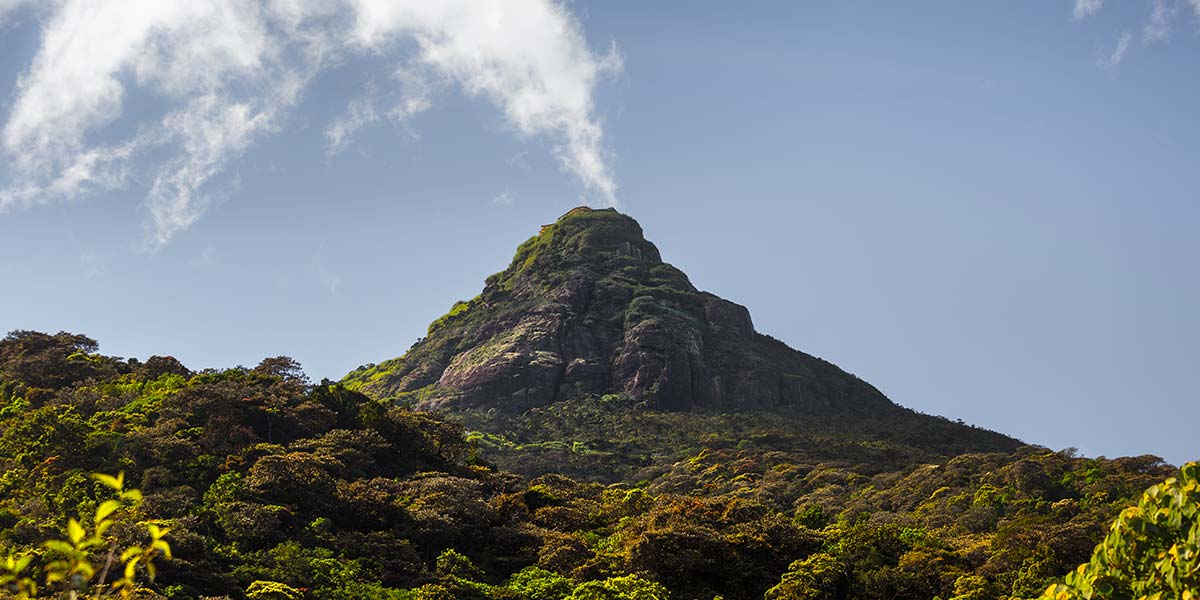
The Sacred Adam’s Peak Mountain
2. Adam’s Bridge (Ram Setu Bridge)
Adam’s Bridge is a land connection that is said to have once existed between Mannar Island in Sri Lanka and Pamban Island in India but is now simply a chain of disconnected limestone shoals and sandbanks. The bridge measured approximately 48 kilometers across.
There are two legends attached to Adam’s Bridge. The first is derived from some early Islamic sources that claim that after Adam fell to Adam’s Peak, he made a journey to India via this bridge.
The second legend calls the bridge Rama’s Bridge. According to Hindu legend, an army of monkeys called the vanara inscribed rocks with the name of the Hindu god Rama and threw them into the water, causing them to float. This created a bridge between the two lands, allowing Rama to pursue the villain who had kidnapped his wife and fled to Sri Lanka.
3. Ravana Falls
Located in Ella as part of the Ravana Ella Wildlife Sanctuary, the Ravana Falls or Ravana Ella is one of the widest waterfalls in Sri Lanka, reaching a height of approximately 25 meters tall. It is said to have been named after the legendary King Ravana.
According to the Ramayana, a major Sanskrit epic from ancient India that chronicled the life of the Hindu god Rama, King Ravana kidnapped a princess from India and brought her to the caves behind this waterfall. Sita, the princess that he stole away, was the wife of Lord Rama. Rama is said to have pursued Ravana (via Adam’s Bridge) to reclaim her. At the time this story would have taken place, the cave would have been cloaked by the thick wilderness that surrounded it. It is believed that Sita bathed in the waters of these falls.
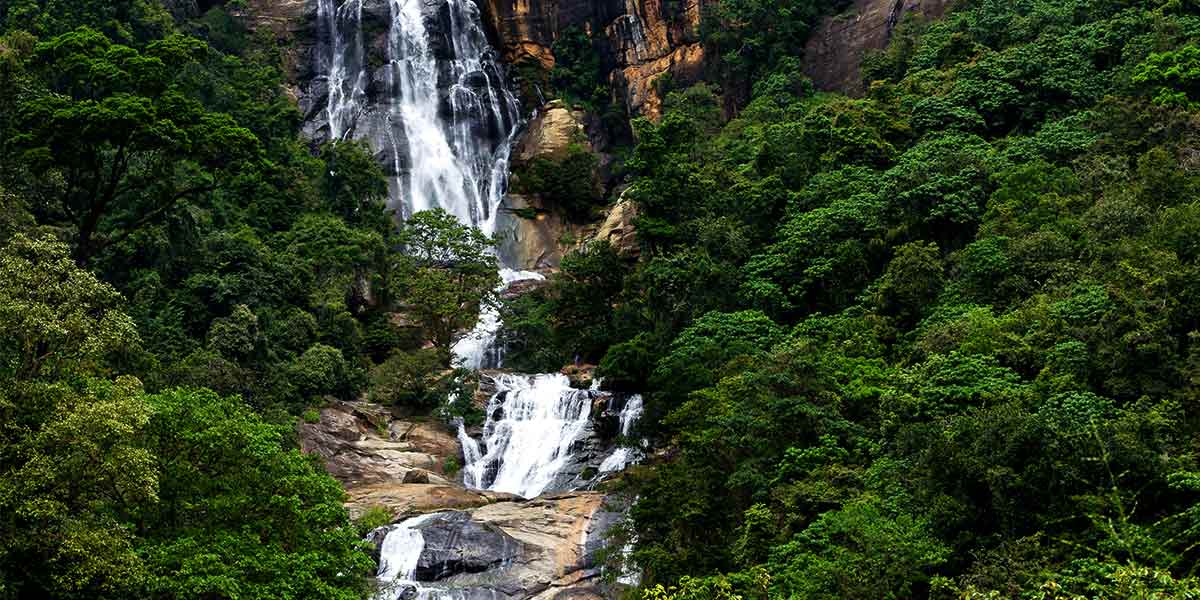
The Legendary Ravana Falls
4. Ritigala
Ritigala, a mountain in Sri Lanka’s North Central Province is home to the ruins of an ancient Buddhist monastery which dates back to the 1st century BC. According to legend, the brother of Lord Rama was mortally wounded in battle. The Hindu God, Hanuman was sent to look for a rare herb in the Himalayas that could save his life.
Hanuman could not identify the herb, so he brought the entire mountain back with him. On his journey between India and Lanka, a piece of the mountain fell and landed in Ritigala, which is said to be the reason why those particular herbs can only be found at this location in Sri Lanka, but some also found to this day in India.
5. Lovers Leap Nuwara Eliya
This beautiful 30m high Lovers Leap fall in Nuwara Eliya with its incipient streams and brooks. One of Sri Lankas highest mountain. It flows over hard granite ledges and the water is collected in a tank and used for drinking. Ledged claims a Prince got lost in the jungle and fell in love with a village girl and the King at the time did not approve. Stories claimed the couple climbed to the top of the falls and jumped. It has been called Lovers Leap.
6. Mount Lavinia Hotel
The building was built for the Governor of Sri Lanka for the British command post in the 1800s. Sir Thomas Maitland built a governor’s palace on a stunning beachfront property in ‘Galkissa’ also now called Mount Lavinia which is 10 km south of Colombo city.
Legend has it that when the governor arrived in Sri Lanka he was met with a welcoming party and he met a beautiful Sri Lankan girl who was a local gypsy dancer whose name was Lavinia (Lovinia) Aponsuwa with Portuguese and Sinhalese ancestry.
Her father was the leader of the dance troupe. As time passed they wanted to meet regularly thus when the governor’s palace was being constructed, he included an underground tunnel from the wine cellar to her house.
As time passed the affair was brought to the attention of the governors and Sir Thomas Maitland received a British Foreign Office “routine relocation” to Malta a Mediterranean Island in 1811. However, Sir Thomas Maitland served the remaining years as the Governor of Corfu and died as a bachelor on the island.
In 1920, the secret tunnel from Governor Maitland’s palace to Lavinia’s residence was sealed and the village surrounding the mansion become the town. The area was known as “Galkissa” and was then renamed to “Mount Lavinia” in honor of the the beautiful dancing girl named Lavinia.
